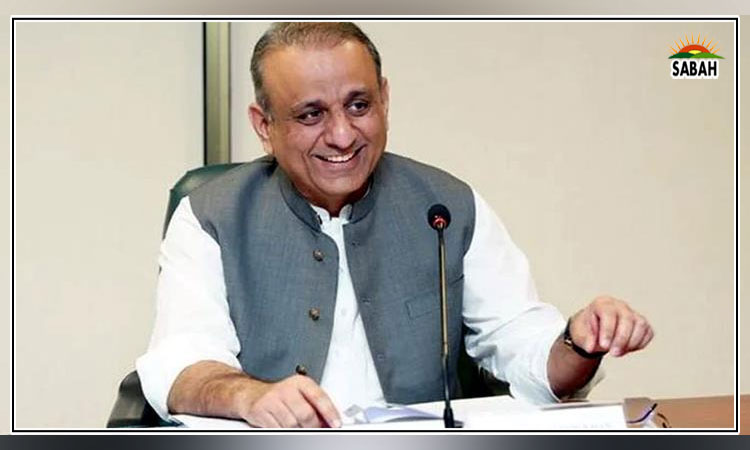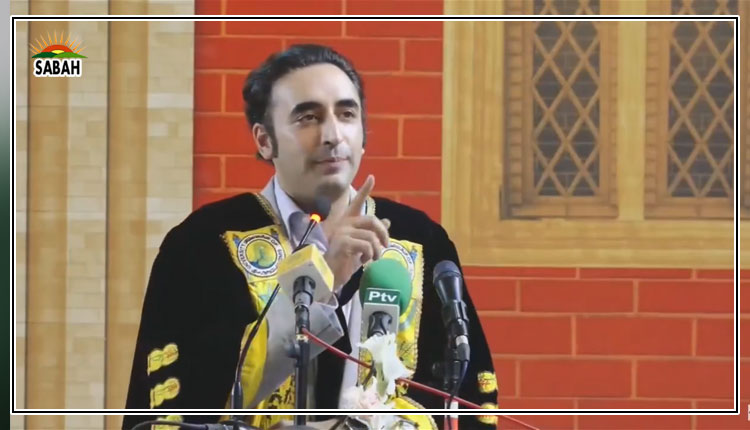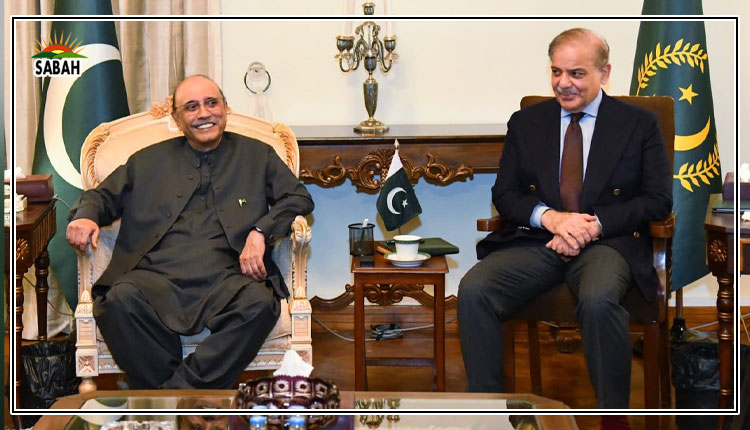South Asia’s nuclear problem…Dr Muhammadi & Yasir Hussain
As India pushes further with its ambitious nuclear arsenal modernization program which includes induction of a nuclear-capable aircraft as well as land and sea-based weapon systems, the fragile strategic equilibrium in South Asia faces unprecedented strain.
With its accelerated nuclear buildup, from sophisticated weapon systems to cutting-edge nuclear-capable delivery platforms, India is driving a unilateral arms race that is reshaping the region’s strategic landscape. In its recent report, Indian nuclear weapons, 2024, the US-based think tank, Bulletin of the Atomic Scientists, stated that India continues to modernize its nuclear arsenal and operationalize its nascent nuclear triad, the term referring to the land, air and sea-based weapon systems and delivery means.
According to their estimate, India currently operates eight different nuclear-capable systems: two aircraft, five land-based ballistic missiles, and one sea-based ballistic missile. In addition to this, at least five more systems are under development, with most of them believed to be nearing completion and to be fielded with the armed forces soon. This relentless pace of nuclear modernization will not only undermine regional stability; it will also encourage others to follow suit.
South Asia is considered to be one of the major nuclear hotspots in the world where two nuclear antagonists share a history of animosity and mistrust. Despite having fought several wars over territorial disputes, including Kashmir, both rivals have thus far managed to prevent these conflicts from escalating into a nuclear crisis. However, as increasingly sophisticated weapons and advanced systems come into play, the risk of a nuclear confrontation cannot be dismissed. Therefore, Indias nuclear modernization programme is threatening the fragile deterrence equation in the region.
The Bulletins report is more concerning when it comes to Indias weapons-grade plutonium stocks. The report estimates that at the beginning of 2023, India has already produced approximately 680 kilograms of weapon-grade plutonium. Assuming around four kilograms of plutonium per warhead, this amount could theoretically suffice for the production of 130 to 210 nuclear warheads.
However, research carried out at the Belfer Centre for Science and International Affairs, states that India has been expanding its nuclear programme in three distinct categories, civilian safeguarded, civilian unsafeguarded and military. Indias increasing unsafeguarded fuel cycle and nuclear energy activities, combined with overlapping streams, could enable the diversion of weapons-usable plutonium as well as weapons-grade highly enriched uranium for the production of a significant number of nuclear weapons. These developments make India the fastest-developing nuclear-weapon state. The rapid pace of nuclear advancement has already placed India as a leading nuclear weapon state with 172 nuclear weapons as per Stockholm International Peace Research Institutes (SIPRI) 2024 report.
In the absence of a formal confidence-building mechanism to address nuclear issues, such a relentless advancement in Indias nuclear weapon program will serve to fuel regional tensions. In South Asia, an all-encompassing arms control architecture is yet to take shape. Though both rivals were able to agree on a couple of measures, including the non-attack agreement and Advance Notification of Ballistic Missile Tests, these measures are hard to count as factors of stability during an Indo-Pak military stand-off.
The existing fragile nuclear confidence-building measures appear to be insufficient to address the new risks associated with the military use of disruptive technologies. For a mature nuclear weapons state, the so-called accidental launch of the BrahMos missile into Pakistans territory should have underscored the urgency of developing robust nuclear risk reduction measures, but India chose to overlook the critical warning. Given India’s callous behaviour, the prospects for achieving meaningful nuclear risk reduction in the future appear increasingly bleak.
For Pakistan, turning a blind eye to Indias nuclear modernization as well as its lack of appetite for a meaningful bilateral engagement is worrisome. Ensuring a robust nuclear deterrence against Indias nuclear modernization and its risk-acceptant behaviour is critical for Pakistans national security.
On its part, Pakistan has long been trying to address nuclear risks in South Asia. Since 1998, and also in 2020, Pakistan has continued to propose a framework for a Strategic Restraint Regime. The comprehensive framework covers a range of bilateral confidence-building measures, including preventing a nuclear arms and ballistic missile race, establishing risk reduction mechanisms, and avoiding nuclear conflict. In addition to the strategic restraint regime, Pakistan also offered India a proposal to convert the unilateral moratoria on nuclear testing into a bilateral agreement for not conducting any nuclear tests. India rejected all these proposals.
Although the chances for a formal nuclear arms control mechanism in the India-Pakistan context seem slim, such an arrangement is still in the best interest of both states. Both countries have fought several wars over the years, but the stakes have never been higher than they are in todays nuclearized environment.
Even a minor crisis could spiral out of control, rapidly escalating into a nuclear confrontation with catastrophic consequences for both countries and the entire region. To avoid such a devastating outcome, India and Pakistan must undertake dialogue, peace, and sustained negotiations. Indian leadership, therefore, needs to respond positively to Pakistans peace proposals.
Yasir Hussain and Dr Muhammadi are associate directors of research at the Center for International Strategic Studies (CISS), Islamabad.
Courtesy The News












